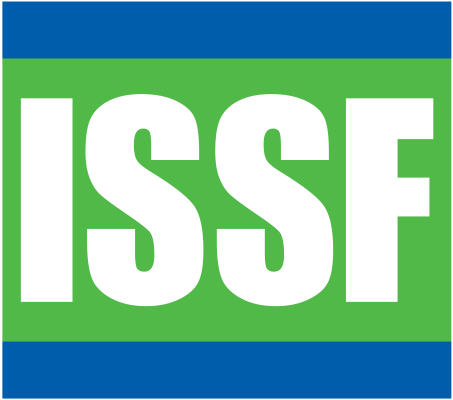Safety At Sea
The first priority for any seafaring vessel should be crew safety. Observer program managers should determine the seaworthiness of the vessel through contact with the competent authority and refuse to deploy observers if minimum standards are not met.
Observers should be given specific at-sea safety training performed by a professional safety trainer and if possible with the support/input from observer managers. Many nations follow the guidelines of the International Maritime Organization (IMO) on training for safety at sea and they implement these courses through their national authorities. If available, observer program managers must require the observers to comply with this training either before or after observer training.
Observers are generally required to take note of the safety equipment on board, including life rings, life preservers, life rafts, Emergency Position Indicating Radio Beacons (EPIRBs), fire safety, and first aid kits. In addition, observers should feel—at all times—confident in their personal safety while on board. If the observer ever feels threatened or intimidated, or is otherwise treated improperly (e.g., access to food or first aid denied), the observer must be allowed to contact their Observer Coordinator immediately. Some observer programs are taking steps to provide their employees with satellite phones or other independent means of communication. At the very least, the observer program should have a procedure to report these incidents at the end of the trip so the data can be made available to the national authority.

